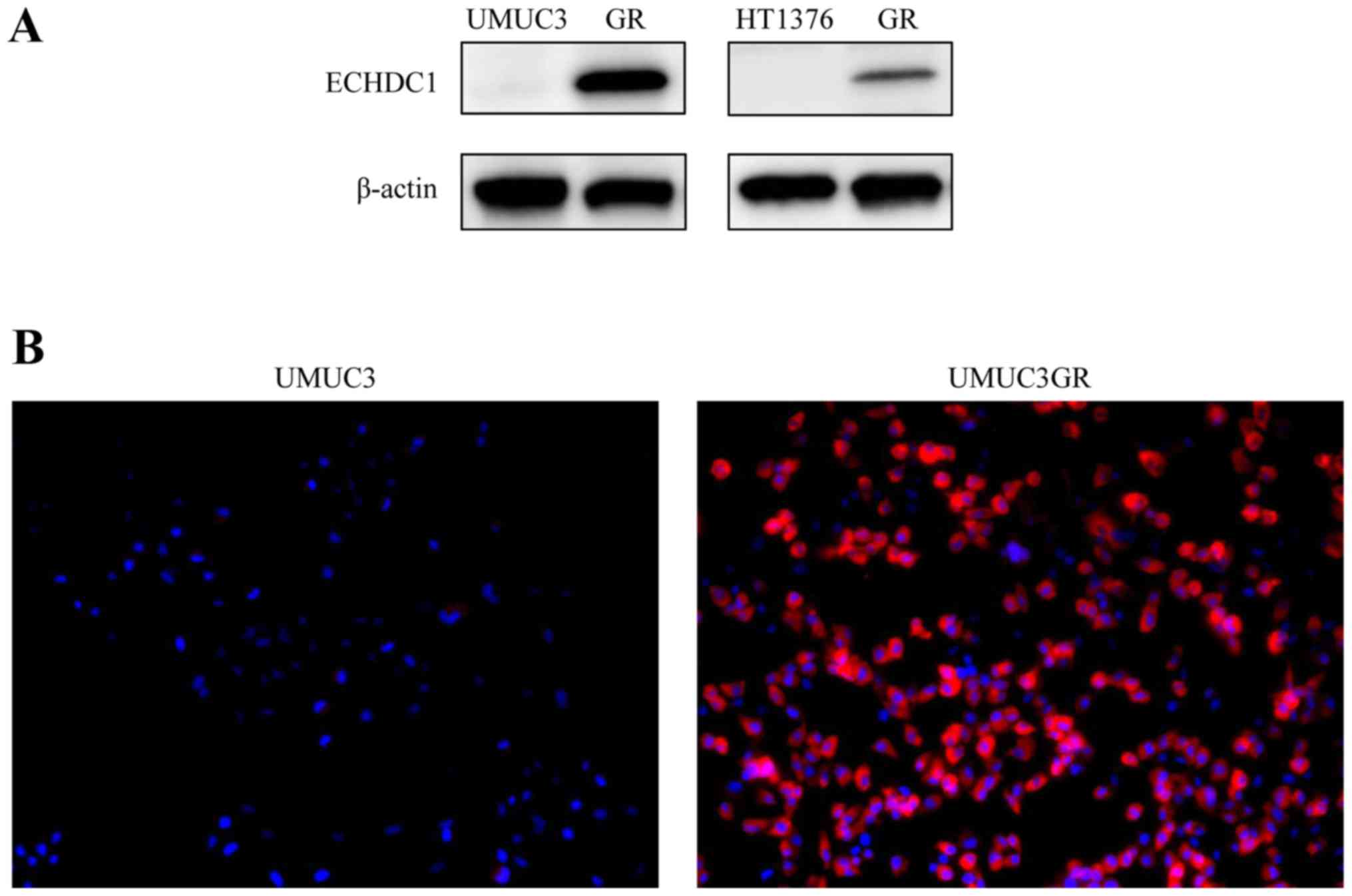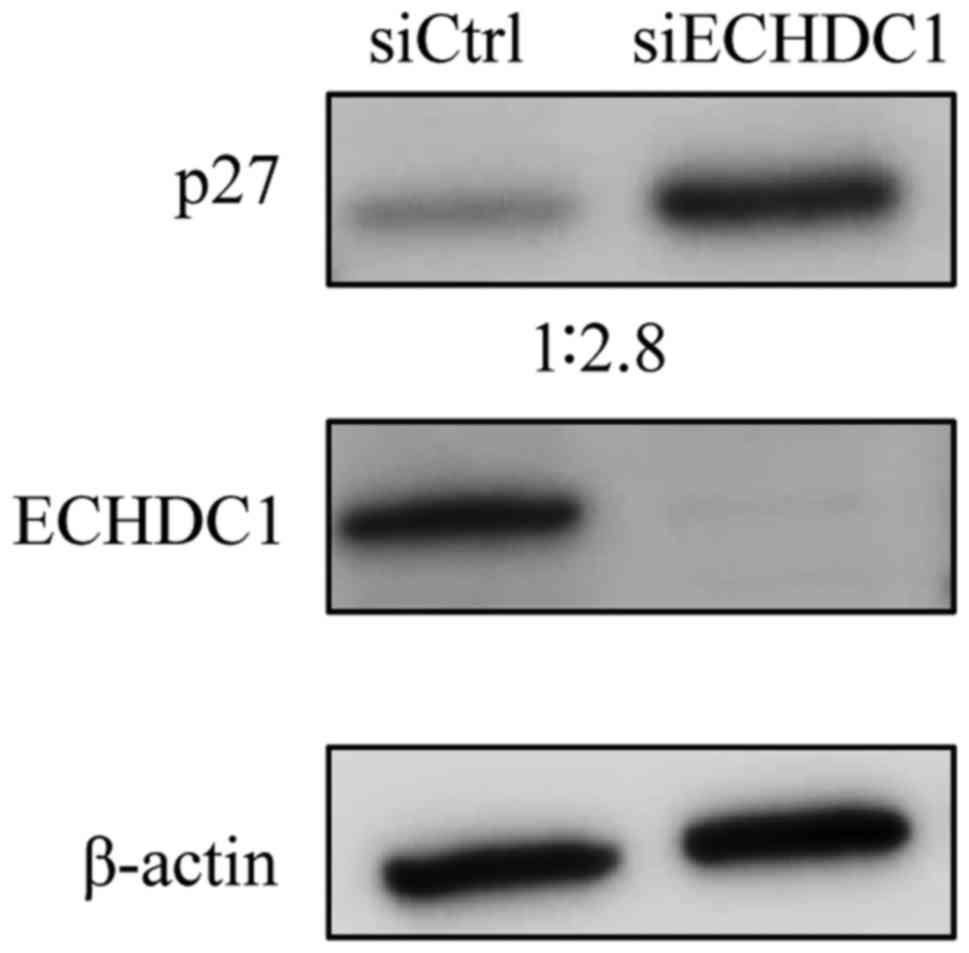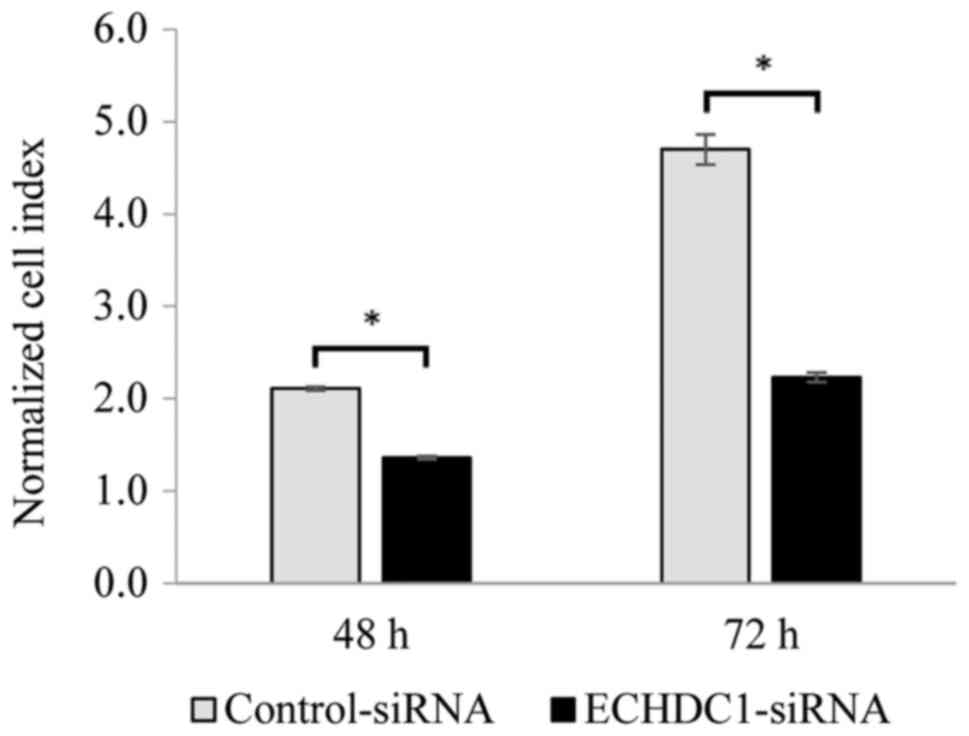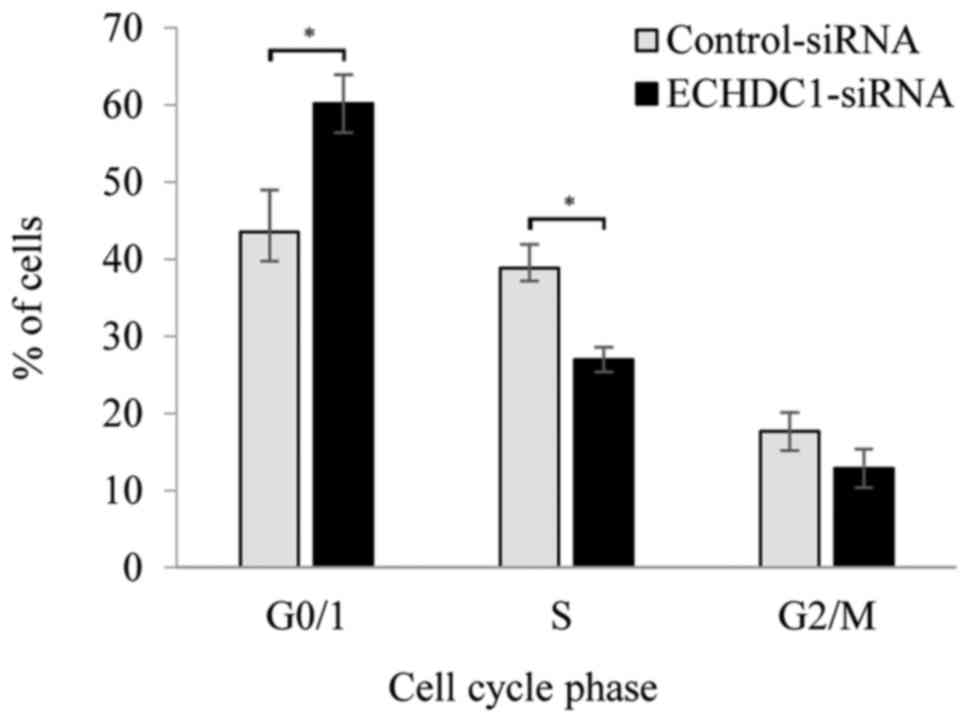|
1
|
Torre LA, Bray F, Siegel RL, Ferlay J,
Lortet-Tieulent J and Jemal A: Global Cancer Statistics, 2012. CA
Cancer J Clin. 65:87–108. 2015. View Article : Google Scholar : PubMed/NCBI
|
|
2
|
von der Maase H, Hansen SW, Roberts JT,
Dogliotti L, Oliver T, Moore MJ, Bodrogi I, Albers P, Knuth A,
Lippert CM, et al: Gemcitabine and cisplatin versus methotrexate,
vinblastine, doxorubicin, and cisplatin in advanced or metastatic
bladder cancer: Results of a large, randomized, multinational,
multicenter, phase III study. J Clin Oncol. 18:3068–3077. 2000.
View Article : Google Scholar : PubMed/NCBI
|
|
3
|
Tanji N, Ozawa A, Miura N, Yanagihara Y,
Sasaki T, Nishida T, Kikugawa T, Ikeda T, Ochi T, Shimamoto K, et
al: Long-term results of combined chemotherapy with gemcitabine and
cisplatin for metastatic urothelial carcinomas. Int J Clin Oncol.
15:369–375. 2010. View Article : Google Scholar : PubMed/NCBI
|
|
4
|
Lee DH, Chung K, Song JA, Kim TH, Kang H,
Huh JH, Jung SG, Ko JJ and An HJ: Proteomic identification of
paclitaxel-resistance associated hnRNP A2 and GDI 2 proteins in
human ovarian cancer cells. J Proteome Res. 9:5668–5676. 2010.
View Article : Google Scholar : PubMed/NCBI
|
|
5
|
Sun QL, Sha HF, Yang XH, Bao GL, Lu J and
Xie YY: Comparative proteomic analysis of paclitaxel sensitive A549
lung adenocarcinoma cell line and its resistant counterpart
A549-Taxol. J Cancer Res Clin Oncol. 137:521–532. 2011. View Article : Google Scholar : PubMed/NCBI
|
|
6
|
Nishimura K, Tsuchiya Y, Okamoto H, Ijichi
K, Gosho M, Fukayama M, Yoshikawa K, Ueda H, Bradford CR, Carey TE
and Ogawa T: Identification of chemoresistant factors by protein
expression analysis with iTRAQ for head and neck carcinoma. Br J
Cancer. 111:799–806. 2014. View Article : Google Scholar : PubMed/NCBI
|
|
7
|
Ross PL, Huang YN, Marchese JN, Williamson
B, Parker K, Hattan S, Khainovski N, Pillai S, Dey S, Daniels S, et
al: Multiplexed protein quantitation in Saccharomyces cerevisiae
using amine-reactive isobaric tagging reagents. Mol Cell
Proteomics. 3:1154–1169. 2004. View Article : Google Scholar : PubMed/NCBI
|
|
8
|
Bang D, Wilson W, Ryan M, Yeh JJ and
Baldwin AS: GSK-3α promotes oncogenic KRAS function in pancreatic
cancer via TAK1-TAB stabilization and regulation of noncanonical
NF-κB. Cancer Discov. 3:690–703. 2013. View Article : Google Scholar : PubMed/NCBI
|
|
9
|
Weiler M, Blaes J, Pusch S, Sahm F,
Czabanka M, Luger S, Bunse L, Solecki G, Eichwald V, Jugold M, et
al: mTOR target NDRG1 confers MGMT-dependent resistance to
alkylating chemotherapy. Proc Natl Acad Sci USA. 111:pp. 409–414.
2014; View Article : Google Scholar : PubMed/NCBI
|
|
10
|
Yang Y, Chen Y, Saha MN, Chen J, Evans K,
Qiu L, Reece D, Chen GA and Chang H: Targeting phospho-MARCKS
overcomes drug-resistance and induces antitumor activity in
preclinical models of multiple myeloma. Leukemia. 29:715–726. 2015.
View Article : Google Scholar : PubMed/NCBI
|
|
11
|
Linster CL, Noël G, Stroobant V, Vertommen
D, Vincent MF, Bommer GT, Veiga-da-Cunha M and Van Schaftingen E:
Ethylmalonyl-CoA decarboxylase, a new enzyme involved in metabolite
proofreading. J Biol Chem. 286:42992–43003. 2011. View Article : Google Scholar : PubMed/NCBI
|
|
12
|
Van Schaftingen E, Rzem R, Marbaix A,
Collard F, Veiga-da-Cunha M and Linster CL: Metabolite
proofreading, a neglected aspect of intermediary metabolism. J
Inherit Metab Dis. 3:427–434. 2013. View Article : Google Scholar
|
|
13
|
Mounier C, Bouraoui L and Rassart E:
Lipogenesis in cancer progression (Review). Int J Oncol.
45:485–492. 2014.PubMed/NCBI
|
|
14
|
Bettey M, Ireland RJ and Smith AM:
Purification and characterization of acetyl CoA carboxylase from
developing pea embryos. J Plant Physiol. 140:513–520. 1992.
View Article : Google Scholar
|
|
15
|
Miller AL and Levy HR: Acetyl-CoA
carboxylase from rat mammary gland. EC 6.4.1.2 acetyl-CoA: Carbon
dioxide ligase (ADP). Methods Enzymol. 35:11–17. 1975. View Article : Google Scholar : PubMed/NCBI
|
|
16
|
Waite M and Wakil SJ: Studies on the
mechanism of fatty acid synthesis: XII. Acetyl coenzyme A
carboxylase. J Biol Chem. 237:2750–2757. 1962.PubMed/NCBI
|
|
17
|
Gold B, Kirchhoff T, Stefanov S,
Lautenberger J, Viale A, Garber J, Friedman E, Narod S, Olshen AB,
Gregersen P, et al: Genome-wide association study provides evidence
for a breast cancer risk locus at 6q22.33. Proc Natl Acad Sci USA.
105:pp. 4340–4345. 2008; View Article : Google Scholar : PubMed/NCBI
|
|
18
|
Schuck PF, Busanello EN, Moura AP, Tonin
AM, Grings M, Ritter L, Vargas CR, da Costa Ferreira G and Wajner
M: Promotion of lipid and protein oxidative damage in rat brain by
ethylmalonic acid. Neurochem Res. 35:298–305. 2010. View Article : Google Scholar : PubMed/NCBI
|
|
19
|
Schuck PF, Milanez AP, Felisberto F,
Galant LS, Machado JL, Furlanetto CB, Petronilho F, Dal-Pizzol F,
Streck EL and Ferreira GC: Brain and muscle redox imbalance
elicited by acute ethylmalonic acid administration. PLoS One.
10:e01266062015. View Article : Google Scholar : PubMed/NCBI
|
|
20
|
Albright CD, Klem E, Shah AA and Gallagher
P: Breast cancer cell-targeted oxidative stress: Enhancement of
cancer cell uptake of conjugated linoleic acid, activation of p53,
and inhibition of proliferation. Exp Mol Pathol. 79:118–125. 2005.
View Article : Google Scholar : PubMed/NCBI
|
|
21
|
Quintos L, Lee IA, Kim HJ, Lim JS, Park J,
Sung MK, Seo YR and Kim JS: Significance of p27 as potential
biomarker for intracellular oxidative status. Nutr Res Pract.
4:351–355. 2010. View Article : Google Scholar : PubMed/NCBI
|
|
22
|
Lee J and Kim SS: The function of p27 KIP1
during tumor development. Exp Mol Med. 41:765–771. 2009. View Article : Google Scholar : PubMed/NCBI
|
|
23
|
Polyak K, Kato JY, Solomon MJ, Sherr CJ,
Massague J, Roberts JM and Koff A: p27Kip1, a cyclin-Cdk inhibitor,
links transforming growth factor-beta and contact inhibition to
cell cycle arrest. Genes Dev. 8:9–22. 1994. View Article : Google Scholar : PubMed/NCBI
|
|
24
|
Toyoshima H and Hunter T: p27, a novel
inhibitor of G1 cyclin-Cdk protein kinase activity, is related to
p21. Cell. 78:67–74. 1994. View Article : Google Scholar : PubMed/NCBI
|














